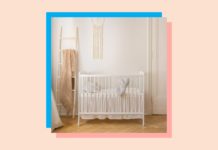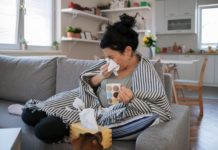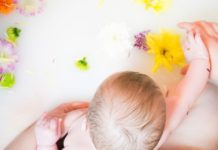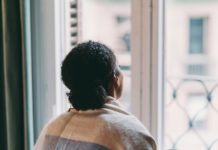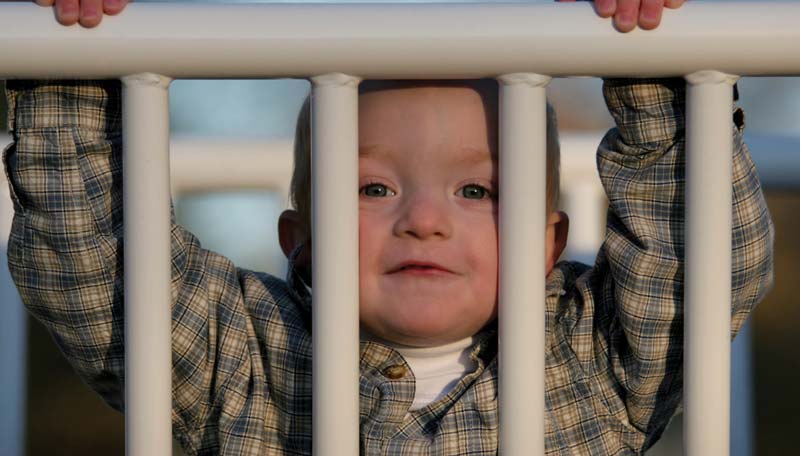
Because babies spend a lot of time in their cribs, whether asleep or awake, crib safety is a major concern of parents. As these tips show, crib safety goes beyond the actual crib to include the mattress, the location of the crib and crib accessories.
Cribs
- Cribs should have an approval from your country’s consumer products safety commission.
- Safe cribs have slats no wider than 2 3/8 inches (6 cm) apart. Use cribs manufactured after 1986, as any made before that date do not meet current standards.
- Another danger of older cribs is the potential for lead paint, which can result in lead poisoning.
- Corner posts that are higher than end panels are dangerous – infants have strangled in the concave space between them. The corner post should be the same height as the end panels, or less than 1/16th of an inch higher.
- Do not buy a crib with decorative cutouts, as they present a strangulation hazard.
- Always raise side rails to prevent falls.
- In their raised position, the top rails of the crib’s sides should be at least 26 inches (65 cm) high.
- Lower the mattress when the child can sit upright or pull himself to a standing position.
- Stop using the crib when the height of the top rail is less than ¾ of the child’s height, that is, when the baby’s head and neck are higher than the rail.
Safety considerations must also be made for crib hardware:
- The drop rail of the crib should require two distinct actions to become unlatched, or a minimum force of ten pounds with one action. Otherwise, the child could accidentally unlatch the crib.
- Regularly check crib hardware for damage. Ensure that the support hangers and brackets that hold the mattress are secure.
- To avoid scratching the baby, metal hardware should have smooth edges and not protrude into the crib.
Mattress
- Always use a firm mattress that fits snugly in the crib. Test the gap between the mattress and the crib. If you can fit two fingers between the mattress and crib (a distance of about 1 ½ inches or 4cm), get a bigger mattress. Gaps present suffocation hazards.
- Never use plastic packing materials as mattress covers. Plastic film can cling to a child’s face.
- Always use sheets that fit snugly. Loose sheets are a suffocation hazard.
Crib Accessories
- Health and safety officials in some countries recommend that bumper pads not be used. If you do use them, ensure that they are firm and tie or snap into place with at least six ties or straps. Cut off any excess length of ties or straps. Never use bumper pads to compensate for improper spacing between slats. Remove bumper pads when the baby is able to pull himself to standing.
- Pillows and stuffed animals are a suffocation hazard and can also provide a step for babies to use to crawl out of the crib. Soft bedding and comforters are also not recommended for cribs.
- Remove mobiles and crib gyms when the baby is five months old, can push up on her hands and knees or can pull herself up.
- Immediately replace or remove torn fabric and damaged teething rails.
- Strings on toys, soothers, clothing or mobiles present a strangulation hazard and should not be in the crib.
- Never leave a baby unattended with toys and bottles in the crib.
Crib Location
- Never place a crib near a window. Drapery and blind cords are a strangulation hazard and window screens are not designed to keep babies inside.
- Keep cribs away from lamps, electrical plugs and extension cords.

